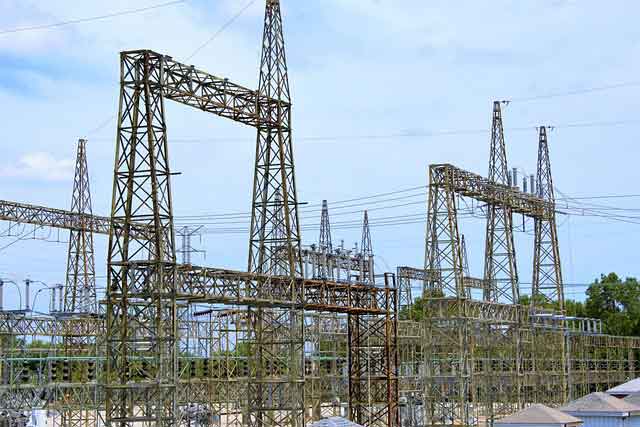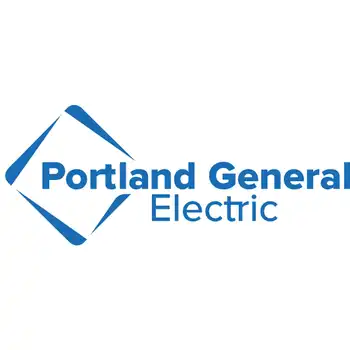Green energy's poster child - compact fluorescent bulbs
By Toronto Star
CSA Z463 Electrical Maintenance -
Our customized live online or in‑person group training can be delivered to your staff at your location.

- Live Online
- 6 hours Instructor-led
- Group Training Available
Every other retail advertising flyer seems to feature one of those funny looking twisty-shaped bulbs that last five times longer than traditional bulbs and cut household energy costs by 75 per cent.
Now, the world's largest retailer has promised to push compact fluorescent bulbs into 100 million American homes by the end of the year.
The decision by Wal-Mart Stores Inc. to get behind the energy-efficient bulbs in a very big way – they sold just four million last year – made headlines south of the border recently.
But Wal-Mart is hardly the first retailer to jump on the environmental bandwagon.
And the Canadian market is already way ahead of the United States, according to retailers here. Canada's largest distributor of household light bulbs, Home Depot Canada, says it now sells more compact fluorescent bulbs than the cheaper incandescent ones.
"In 2006, they made up more than 50 per cent of our (bulb) sales and we sell more light bulbs than anyone else in the country," said Home Depot Canada spokesperson Nick Cowling.
Wal-Mart Canada says it expects to easily sell 10 million of the energy efficient bulbs this year, though it hasn't set a specific target like its U.S. parent, according to spokesperson Kevin Groh. "In the U.S., they're trying to convince their customers to try a bulb. We're already there," Groh said.
It remains unclear as to why Canadians have been quicker to pay the higher up-front price to conserve energy.
But the fact that Ontario's hydro utilities have put on a big push to persuade consumers to conserve electricity amid a growing crisis in supply appears to have played a role.
One of the province's largest utilities, Toronto Hydro, has spent millions over the last two years encouraging consumers to try the bulbs, using coupons and other incentives delivered through retail partners including Home Depot, Wal-Mart, Home Hardware and others.
"It's a win-win for us," said Home Depot's Cowling, adding that customers who came in for the free bulbs also bought more programmable thermostats, weather stripping and other energy-efficiency products.
The utilities initially zeroed-in on the compact fluorescent bulbs because they're the perfect "poster child" for energy conservation, said Peter Love, Ontario's first chief energy officer.
"One of our challenges is energy conservation is hard to see. The compact fluorescent bulb is like the blue box.
"It's something you can touch and see," Love said.
Consumers are more likely to purchase them than other big-ticket items, such as energy-efficient refrigerators, yet they account for 18 per cent – nearly a fifth – of all home electricity consumption, Love said.
"It's not a trivial item at all."
The Ontario Power Authority, a provincial electricity-planning agency, estimates the market for the bulbs could soon exceed 45 million, assuming it can persuade the province's 4.5 million households to buy at least 10 each.
That could be harder than it looks.
Up until now, price and quality have been major stumbling blocks for consumers.
But both have improved, suppliers and retailers say.
Prices have already fallen dramatically since the bulbs were first introduced to the Canadian market about seven years ago, from about $6 per bulb to between $2 and $2.50, according to Home Depot.
And Wal-Mart Canada says it recently introduced a cheaper, private-label brand that it sells for about one-third less than comparable national brands.
"Demand has increased enormously, especially recently," said Jim Savage, a spokesperson for Philips Canada, a division of one of the three leading global players in household lighting. "They've been on the market for years but there's a new level of acceptance in the market place, for whatever reasons.
"The quality of the products is much better, too," Savage said.
When the bulbs first hit the market, they were expensive, cast a dull yellow light, took forever to come on and didn't fit many fixtures.
Now, they come in a vast array of sizes and types, including dimmable and tri-light versions, and cast a brighter, whiter light, retailers said.











